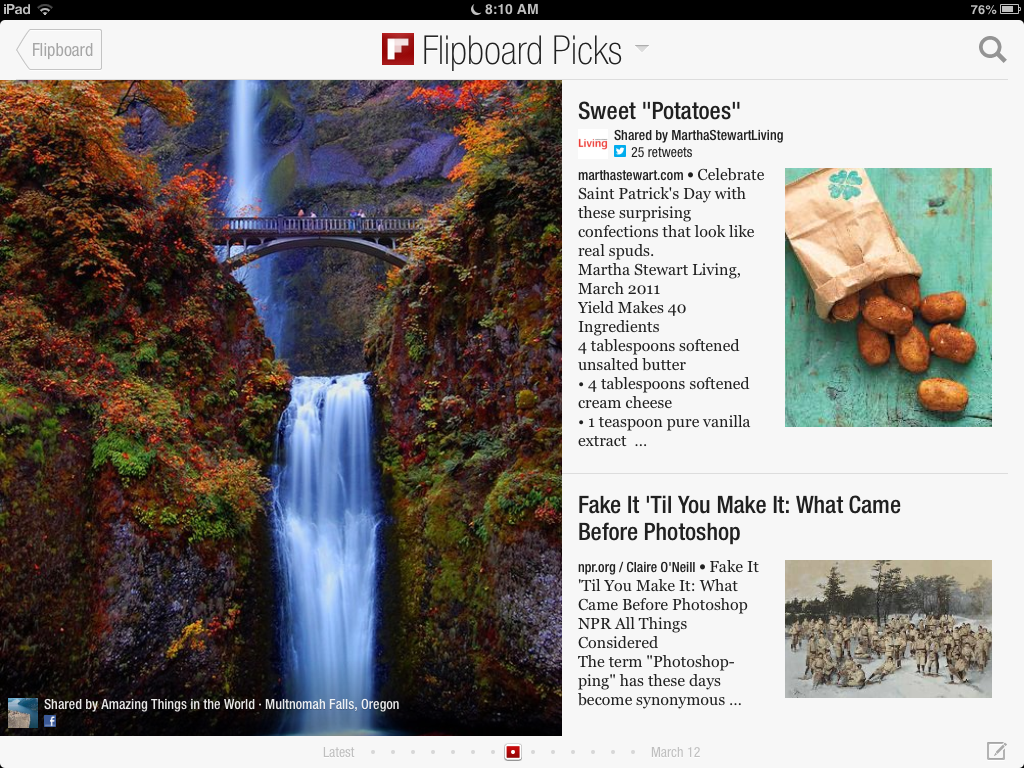Waxing UVa about MOOCs
EdTech recently penned an article in the latest edition of Technology Services’ TechNews about online learning, one of the more talked about methods for course delivery these days. Arguably, the biggest topic in higher education with regard to technology seems to be the MOOC (massive open online course).
As with any trend that sweeps through education, it’s important to keep perspective. While institution after institution clambers to scale Mt. MOOC (or address online learning in general), what are the practical arguments for and against this form of teaching and learning? Several key questions to consider:
What is the cost versus the benefit of
instituting an online learning initiative?
How does this particular vehicle align itself with
the core mission and values of the institution?
Is there an actual impact on learning efficacy?
Some of my favorite contributions early-on came from Siva Vaidhyanathan, professor and chairman of the department of media studies at the University of Virginia. If you’ve followed the recent MOOC excitement, you’ll remember that UVa’s foray into MOOCs was fraught with controversy. His discussion of the ‘obsession’ that developed on-campus seems to reflect the general frenzy that keeps surfacing in headlines about the newest college to embrace MOOCs or the questions over credits, monetization of the prolific ‘free’ MOOC course providers, etc..
Siva’s post “What’s the Matter WIth MOOCs?” strikes a balance of natural curiosity and a healthy dose of practicality while also addressing the tumult that occurred at UVa over their president’s ousting and reinstatement.
It’s important to recognize, anytime technology becomes the central topic of changing the methods in which we teach, whether or not it can help facilitate teaching and learning in ways that meaningfully enhance the current models.

